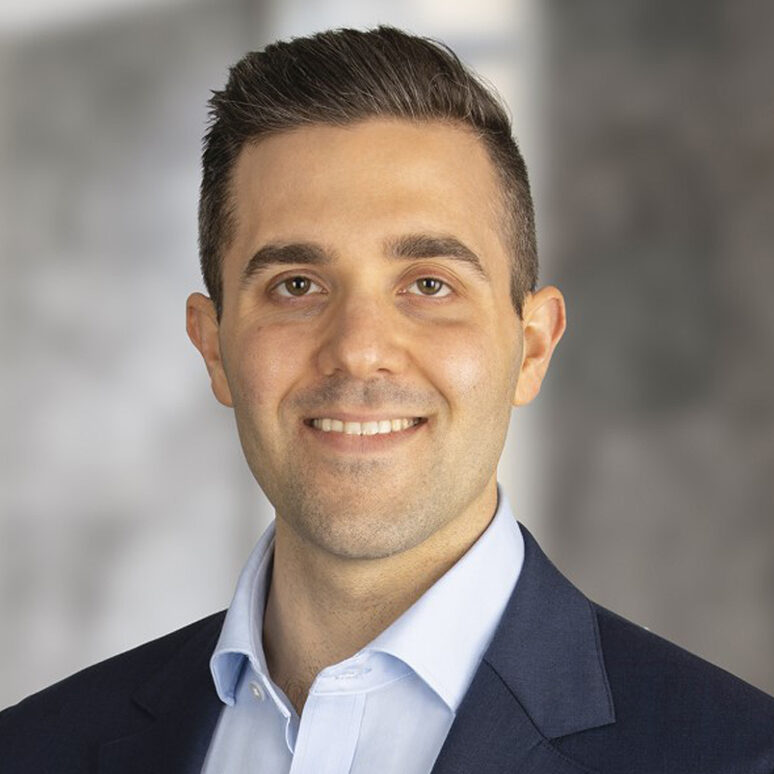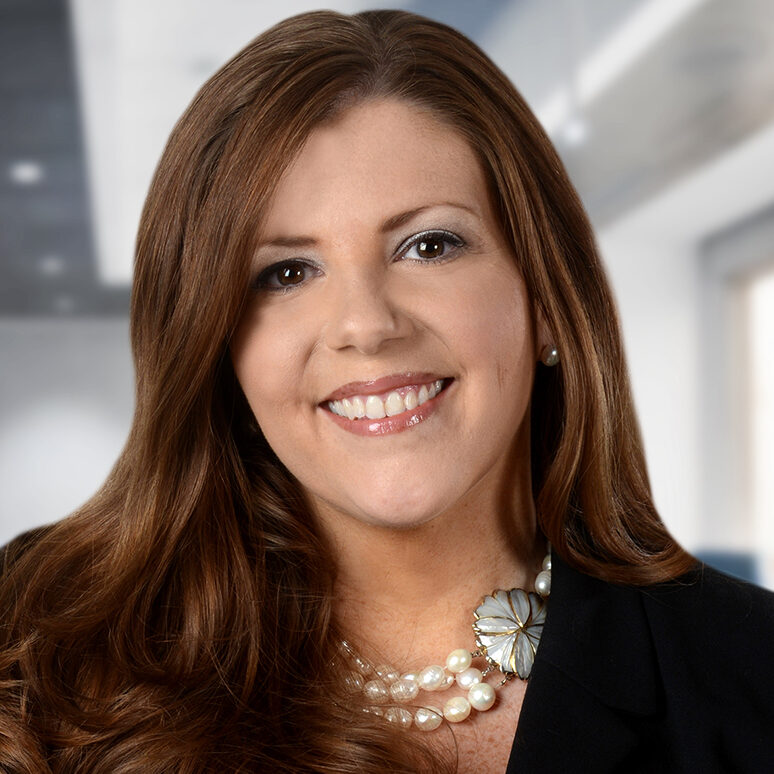“A logical extension of the Warhol and Google decisions calls into question what protection copyright truly offers if a licensee can rearrange the protected work and claim that the new work is transformative.”
 Companies rely on copyright protections to shield their software, data sets, and other works that are licensed to their customers; however, a reframing of what constitutes a “transformative use,” and the extent a license can restrict such fair uses, may whittle away all avenues of protections. On October 22, 2022, the Supreme Court of the United States heard arguments for Andy Warhol Foundation v. Goldsmith. The question before the Court is where does a copyright holder’s right to create derivative works stop and “fair use” of the work begin? Companies that license data sets or data feeds should pay close attention, as the Court’s decision could narrow contractual remedies.
Companies rely on copyright protections to shield their software, data sets, and other works that are licensed to their customers; however, a reframing of what constitutes a “transformative use,” and the extent a license can restrict such fair uses, may whittle away all avenues of protections. On October 22, 2022, the Supreme Court of the United States heard arguments for Andy Warhol Foundation v. Goldsmith. The question before the Court is where does a copyright holder’s right to create derivative works stop and “fair use” of the work begin? Companies that license data sets or data feeds should pay close attention, as the Court’s decision could narrow contractual remedies.
Warhol v. Goldsmith
In 1984, Vanity Fair commissioned Andy Warhol to create art depicting Prince for the cover of the magazine and obtained a license from Goldsmith for the express right to use Goldsmith’s photo of Prince as “an artist reference for an illustration to be published in Vanity Fair November 1984 issue.” Warhol proceeded to create 12 silkscreen paintings, two screen prints on paper, and two drawings based on Goldsmith’s photo of Prince.
The Andy Warhol Foundation (AWF) retains ownership of the copyright to the works based on the Goldsmith photo, which it licensed after Prince’s death in 2016 to Vanity Fair and Conde Nast. Goldsmith sued AWF for copyright infringement claiming that the license did not authorize Warhol to create more than one work and that Goldsmith did not receive any additional compensation. AWF argued that Warhol’s other uses of Goldsmith’s photo were transformative and protected by fair use.
Section 107 of the Copyright Act lists the following factors to determine what is fair use:
- The purpose and character of the use.
- The nature of the copyrighted work.
- The amount of the original work used.
- The effect on the market for the original work.
When considering the first factor, courts consistently hold that transformative uses of a copyrighted work are fair use. See e.g., Campbell v. Acuff-Rose Music, 510 U.S. 569 (1994). To determine if a work is “transformative,” the court must conclude whether the new work “merely supersedes the objects of the original creation,” or whether the new work transfers and alters the original with new expression, meaning, or message. If a new work is sufficiently transformative, and thus fair use of a copyrightable work, then the new work can be licensed, sold, or used without a license from the original creator.
Fair use originated as an “equitable rule of reason” allowing courts to avoid rigid application of the copyright law stifling creativity. In Google v. Oracle, the Supreme Court ruled that Google’s use of 11,500 lines of code from Java SE (Java is owned by Oracle) when developing Google’s Android operating system was sufficiently transformative (although the court did not determine whether Application Program Interfaces (APIs) were copyrightable). Justice Stephen Breyer’s majority opinion distinguishes between implementing code and declaring code, with implementing code requiring more skill and creativity than declaring code. The Court held that Google’s direct copying of only “what was needed to allow users to put their accrued talents to work in a new and transformative program,” was a transformative use.
Implications for Licensors
The Warhol case highlights the uncertainty of contract remedies given Warhol’s patent violation and expansion of the license from Goldsmith because the contract restricted Warhol’s use of Goldsmith’s photo for a one-time purpose. A logical extension of the Warhol and Google decisions calls into question what protection copyright truly offers if a licensee can rearrange the protected work and claim that the new work is transformative.
License agreements typically have a limitation of liability clause. Theses clauses include exceptions to the cap on liability if licensee breaches the terms of the agreement or if the licensee’s use of the data infringes on the licensor’s intellectual property rights, including copyrights. Licensors’ business models rely on these exceptions to the limitation of liability to shift risk to the licensee; however, if the use is transformative, then the licensee did not violate the licensors’ intellectual property rights. The licensor could bring a breach of contract claim against the licensee alleging that even if the new work is transformative and doesn’t violate the licensor’s copyright, the licensee’s new work violates the terms of the agreement which only permitted use for an internal business purpose.
However, a split between federal appeals courts concerning whether the Copyright Act broadly preempts state law claims, including breach of contract claims, further complicates contract protections. While all federal appeals circuits apply the same preemption test – examining whether a breach of contract claim includes an “extra element” that makes it “qualitatively different” from a copyright infringement claim – the circuits disagree as to whether the existence of a contractual promise itself is an “extra element” sufficient to avoid copyright preemption. ML Genius Media Group v. Google LLC, No. 20-3113, (2d Cir. Mar. 10, 2022), compare with Utopia Providers Sys., Inc. v. Pro-Med Clinical Sys., LLC, 596 F.3d 1313, 1327 (11th Cir. 2010).
Thus, if the Supreme Court rules in Warhol’s favor, a licensor would have no remedy against a licensee for a copyright infringement claim if the use is deemed transformative and such licensor would likely have no remedy for a breach of contract claim because such claim is not qualitatively different and therefore is preempted by the Copyright Act.
Watch This Space
Companies that rely on copyright protections need to closely watch the outcome of the Warhol case and how the circuit split is resolved with regards to preemption. If the Warhol decision broadens the meaning of transformative use and the circuit split weighs in favor of preemption, then licensors will need to find novel ways to shift the risk to licensees. Additionally, the licensor’s counsel needs to find new ways to provide contract remedies that would avoid being preempted by the Copyright Act.
Image Source: Deposit Photos
Image ID: 150879398
Author: Rawpixel

![[IPWatchdog Logo]](https://ipwatchdog.com/wp-content/themes/IPWatchdog%20-%202023/assets/images/temp/logo-small@2x.png)



![[Advertisement]](https://ipwatchdog.com/wp-content/uploads/2024/04/Artificial-Intelligence-2024-REPLAY-sidebar-700x500-1.jpg)
![[Advertisement]](https://ipwatchdog.com/wp-content/uploads/2024/04/Patent-Litigation-Masters-2024-sidebar-700x500-1.jpg)

![[Advertisement]](https://ipwatchdog.com/wp-content/uploads/2021/12/WEBINAR-336-x-280-px.png)
![[Advertisement]](https://ipwatchdog.com/wp-content/uploads/2021/12/2021-Patent-Practice-on-Demand-recorded-Feb-2021-336-x-280.jpg)
![[Advertisement]](https://ipwatchdog.com/wp-content/uploads/2021/12/Ad-4-The-Invent-Patent-System™.png)






Join the Discussion
2 comments so far.
TD Paulius
February 28, 2023 07:07 pmThe license was never presented in the district court case.
–There is no record evidence of any written engagement between Vanity Fair and Warhol, or that Vanity Fair communicated to Warhol the terms of its license from Goldsmith. Foundation Open Brief, p. 18. —
I’m having issues believing the The Court would rule on the particular effect the license has on the alleged fair use, without the contract before it or both parties to the contract present as parties in the underlying lawsuit. Other than perhaps it soldifies Goldsmith’s argument that the Warhol Prince paintings were derivative works.
What am I missing here? Thanks.
Loozap
February 27, 2023 04:16 pmThis is something that must always be highlighted to enhance the work of authors.